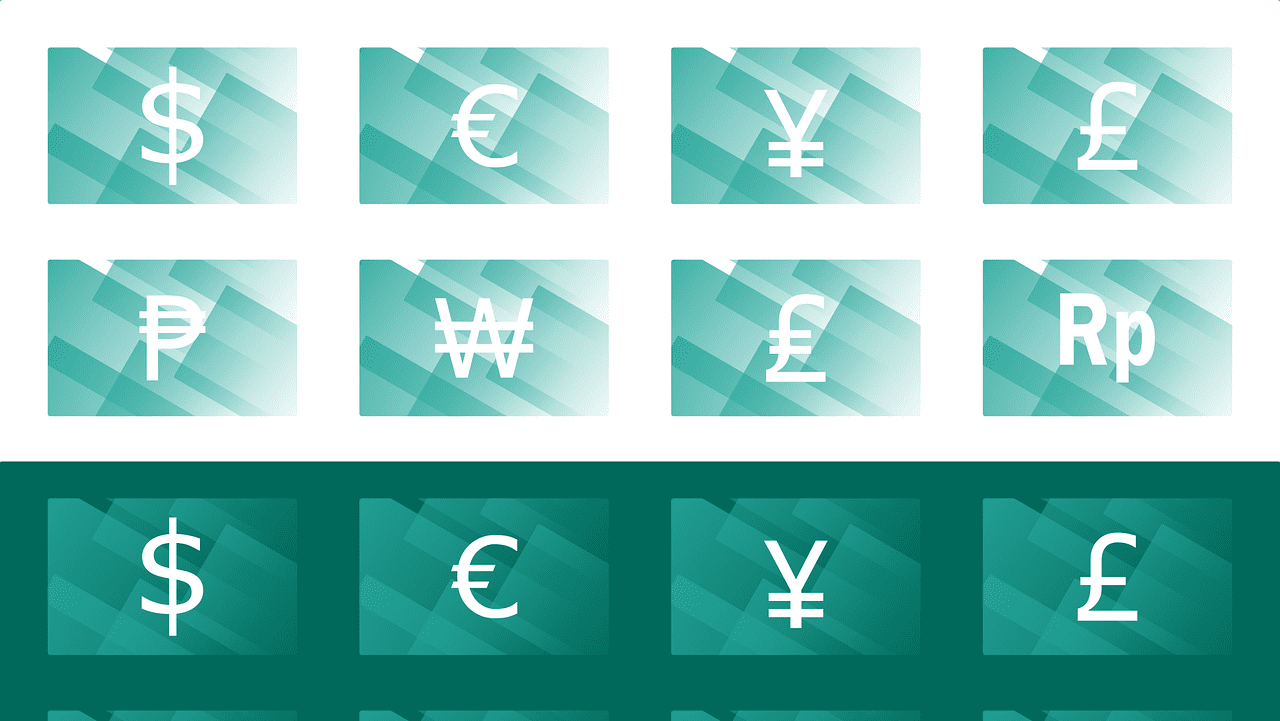No products in the cart.

EU Economy: Sink or Swim
While Europe as a whole is in economic stagnation, some countries are bright spots that defy that trend.

While Europe as a whole is in economic stagnation, some countries are bright spots that defy that trend.

Central banks returning us to very low interest rates could encourage more government debt, risking another inflation episode.

There is a significant risk that the emerging trend of lower interest rates will put us right back where we started just before the recent inflation episode.

As the Federal Reserve readies its first rate cut since the inflation spike, it joins the ECB in facing an economic slowdown with persistent, elevated inflation rates.

The Federal Reserve faces market pressure to cut rates in September, while the ECB is expected to cut rates shortly before the Fed’s meeting.

Economic stability benefits as interest rates outpace inflation in the U.S. and the euro zone.

For two big reasons, there is still no sight of lower interest rates for Americans.

There are signs that the policymakers at the ECB realize that this rate cut was not a very good idea.

For two major reasons, you should plan your personal finances on the premise that interest rates will remain high for the long haul.

With inflation and the business cycle moving in very different directions across the euro zone, the ECB’s expected rate cut may end up being of no real economic consequence.